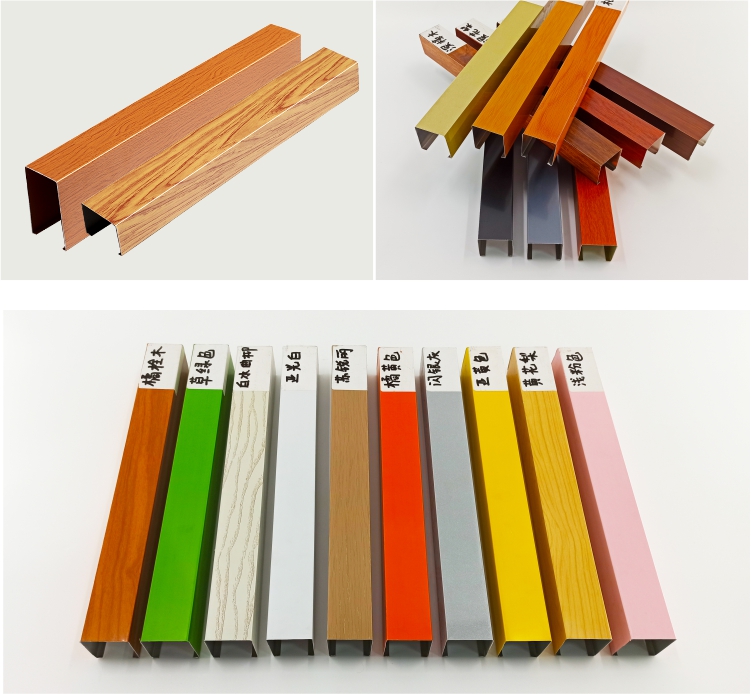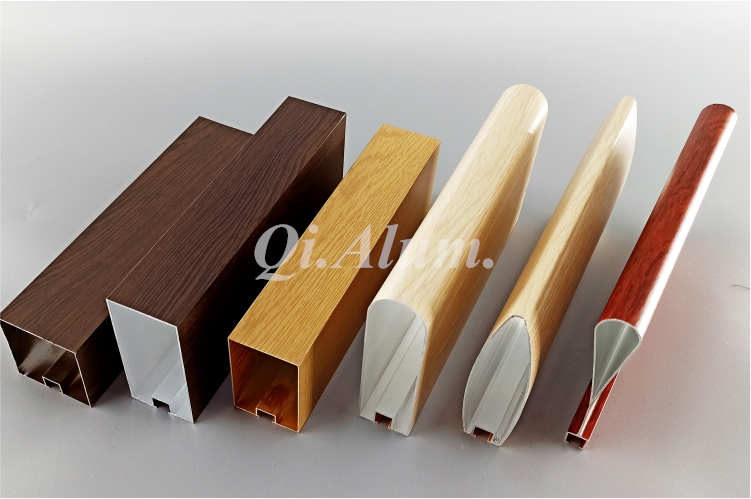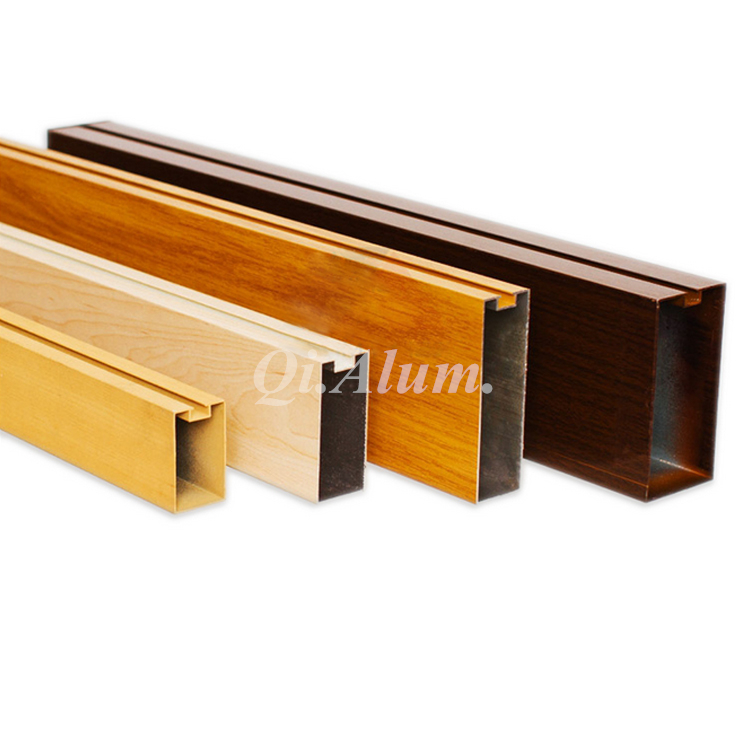FOSHAN QI ALUMINUM DECORATIVE MATERIALS CO.,LTD
Shiquan Tiekeng Industrial, Nanhai Area, Foshan, Guangdong Province, China
0086 13542961174
info@aluminum-panel.com
0086 13542961174

Aluminum profiles are aluminum rods through hot melting, extrusion, so as to get different cross-section shapes of aluminum materials. The production process of aluminum profile mainly includes three processes: casting, extrusion and coloring
1. Corrosion resistance
The density of aluminum is about 2.8g/cm3, which is about a third of the density of steel, copper or brass. Aluminum exhibits excellent corrosion resistance under most environmental conditions, including air, water, petrochemical, and many chemical systems.
2. The electrical conductivity
Aluminum profiles are often selected because of their excellent electrical conductivity. For the same weight, aluminum has nearly twice the electrical conductivity of copper.
3. Thermal conductivity
The thermal conductivity of aluminum alloy is ABOUT 50-60% of that of copper, which is very good for making heat exchangers, evaporators, heating appliances, cooking appliances, and car cylinder heads and radiators.
4. Non-ferromagnetic
Aluminum profiles are non-ferromagnetic, which is an important property for the electrical and electronics industries.
5. Machinability
The machinability of aluminum profiles is very excellent, is better than many equivalent industrial building materials.
6. Formability
The specific tensile strength, yield strength, ductility, and the corresponding work hardening rate govern the variation in the allowable amount of deformation. Various investigations have shown that the formability ratings of commercially available aluminum profiles in different forms depend on the forming process.
7. Recycling
Aluminum has a very high recovery, the characteristics of recycled aluminum and primary aluminum is almost no difference.





